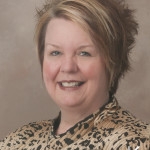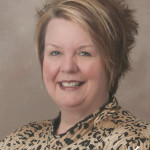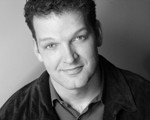
Tim McClimon
There are lots of good reasons to support arts and culture organizations in your community: encouraging creativity, fostering innovation, enhancing the quality of life, beautifying our parks and public spaces, educating young people and audiences, and just for pure enjoyment and personal fulfillment – to name a few. I mean, who among us hasn't enjoyed listening to great music in a concert hall, watching spectacular dance on stage, engaging with provocative actors in a theater or visiting a world-class art museum?
But another reason to support the arts is the economic impact that arts and culture organizations have in their local communities and the jobs they create.
According to a recent study of 182 communities by Americans for the Arts (Arts & Economic Prosperity IV), the nation's nonprofit arts industry generated over $135 billion in economic activity nationally in 2010 (for-profit arts and entertainment activity was excluded from this study). $61 billion of this activity was generated directly by the country's nonprofit arts and culture organizations and $74 billion was generated in event-related expenditures by their audience members.
This economic activity supports over 4 million full-time jobs and it generates over $22 billion in revenue for local, state and federal governments every year – a yield well beyond the $4 billion that is allocated to support arts organizations by governments annually.
According to the report, arts and culture organizations are resilient and entrepreneurial businesses. They employ people locally, purchase goods and services within their communities, and promote their communities as tourist destinations and great places to live.
Additionally, when patrons attend events, they often pay for parking or transportation, eat at local restaurants, shop in retail stores, have dessert on the way home, pay a babysitter or stay in local hotels. Based on over 150,000 audience surveys, the typical arts attendee spends almost $25 per person, per event, beyond the cost of admission – and this number is much greater in metropolitan areas.
Read More























































